A visitor to Florida cannot help but marvel at the myriad of white wading birds seen everywhere from the airport runway to the roadside ditches, shopping center parking lots, freshwater ponds, brackish swamps, and sandy beaches. On closer inspection one notices that these striking birds are not all the same, sometimes sparking an inquiry or a run to the guidebook and the birth of a new birder.
The Great Egret is the tall, statuesque, and often solitary beauty posed along the waterside. For me, a birder and photographer who is looking for more action, the bird can be boring. You might wait for many minutes to see it move, stab at a fish with its long yellow bill, or take off. The wait is worth it if you can get a flight shot like above.
The smaller and more abundant Snowy Egret is a more active bird, often found in foraging groups in either fresh or saltwater. Notice the handsome crest, black legs, and most importantly the yellow slippers as seen in the title photo.
The Cattle Egret is the smallest white heron and usually found inland on grassy pastureland. Short legs, a subtle buff-colored head and neck, and the appropriate habitat are the ID clues. It’s always helpful if there’s a cow nearby. This is an African bird first blown our way in the 1950’s and has become more numerous in recent years.
White birds present significant challenges for photographers, especially in the bright sunshine of South Florida. Most photos of these birds are overexposed. Your goal is to see feather texture even in the brightest white areas, rather than an uniform bright white bird. Many cameras will point out the overexposed light-saturated pixels in the review mode. If that happens, simply adjust your exposure compensation dial further back into the negative zone and try again. These birds will generally wait for you as they seem to like being photographed.
There are more White Waders to learn. I call them “The Imposters” since their plumage is not always white.
The first imposter is the White Ibis. There’s no mistaking this striking white adult bird with the orange/red legs and bill, decurved to enhance feeding from deep in the sand and mud. Black wing tips are most obvious during flight. I like the blue eye and aim there with the center-spot focus during photo shoots. Their preferred food is crawfish, but any of the similar animals will do. The imposter is the brown juvenile that slowly progresses to white in its first year. The bird below is halfway there.
The Little Blue Heron plays the opposite game, all-white as a juvenile and striking grey/blue/purple as an adult. The first year birds are often confused with the similar-sized Snowy Egret, but note the different bill color and green legs without yellow slippers. The Little Blue is also a more sedate and deliberate feeder. These juveniles also confuse the snowies themselves. Snowy Egrets often feed in groups, churning up the water for food, aggressively chasing away non-white birds. The juvenile little blues have acquired the selective advantage of staying white in their first year, giving them a chance to learn feeding techniques from the snowies who seem tolerant of their similar appearing apprentices.
The next imposter is the white morph of the Great Blue Heron, often called the “Great White Heron”. It is usually seen in the Florida Keys and differentiated from the slightly smaller Great Egret by its stockier body, heavier bill, and pale yellow/grey legs. There is some controversy in the birding world whether this is only a color morph versus a subspecies, or even an entirely new species. DNA evidence is needed here.
The last imposter is the white morph of the Reddish Egret. My first sighting of this medium-sized and colorful egret was on Sanibel Island, Florida, several years ago. The peculiar erratic foraging behavior on the shallow sand flats is its best identifier. Birder Frank Graham Jr. captured it well, likening it to a bird “impersonating a tipsy sailor in pursuit of a wind-driven hat.” You’ll see a prancing bird with one or both wings held out, charging left for two steps than right, looking for the perfect fish.
Thankfully the Florida plume hunters are no longer a threat to these emblematic birds of the Florida landscape.





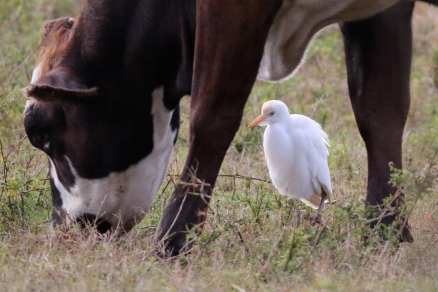


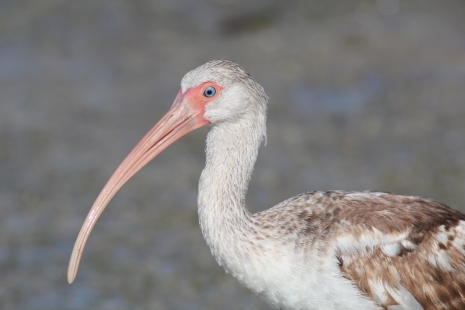
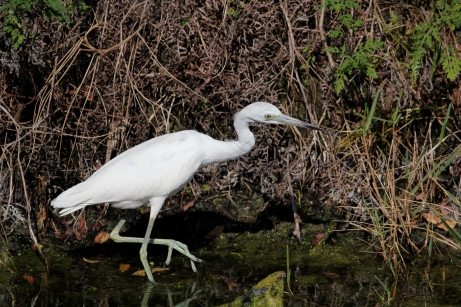

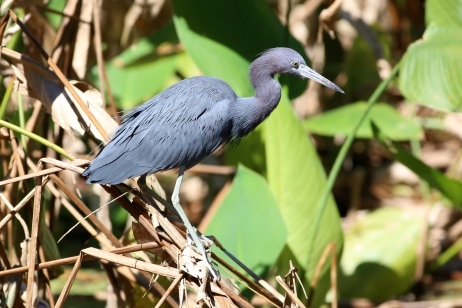
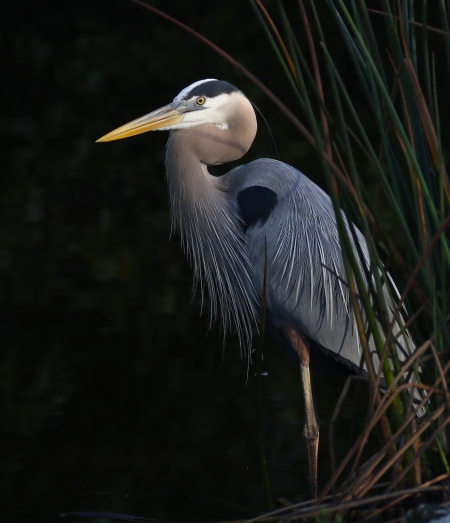
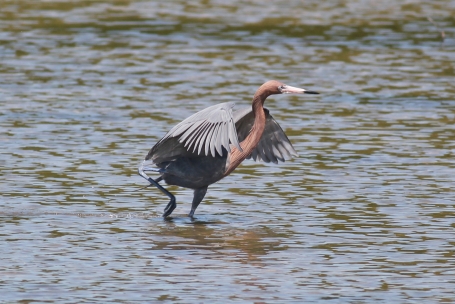
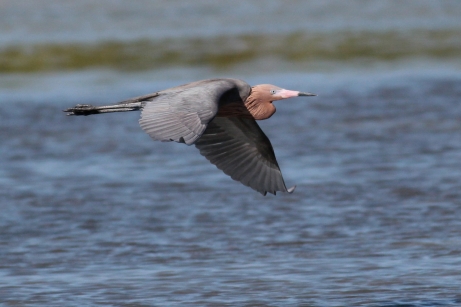
Nice capture!
LikeLiked by 1 person
Thanks for your interest and being the first to comment.
LikeLiked by 1 person
Beautiful images, especially the opening shot. I really love the white egrets, but the blue heron is always special. I hope to get to FL one day soon. They really have an abundance of bird life.
LikeLiked by 1 person
Thank you. There is a “Florida Birding Trail” that describes best sites. And don’t forget the eBird hotspots available at http://www.ebird.org when you plan you visit.
LikeLike
I never heard of the Florida Birding Trail. Thanks for that info.
LikeLike
Beautiful. What a joy it is to see the egret wading on water!
LikeLiked by 1 person
Yes, like he doesn’t want to get his yellow slippers wet. I was surprised to see him in the surf. They usually prefer still waters.
LikeLiked by 1 person
Wonderful post with terrific photographs!
LikeLiked by 1 person
Thank you. There are a lot of photo-ops in S. Florida.
LikeLiked by 1 person
Great pics! Little egret is such a poser…
LikeLiked by 1 person
Thanks. These birds let you get quite close for good photos. I think they are used to people gawking at them.
LikeLike
You know, we spent 3 months in the Azores and you can often see little egrets there. If you have a moment, you can check the pics I took on my blog. My boyfriend and I would go and look for that bird every day. She is such a character. Unfortunately, I haven’t seen any here in Nazaré.
LikeLiked by 1 person
Very nice !
LikeLiked by 1 person
Thanks for that. I just photographed an intermediate molt Little Blue Heron and added it to the post.
LikeLike
Perfect capture
LikeLiked by 1 person
Thanks for that.
LikeLike
Lovely photos… Just came back from a coastal visit and use one of your photos – gave you credit at my WP Blog at this post: More Memories…
LikeLiked by 1 person
Thanks. Glad you liked them. I’ll check out your blog.
LikeLiked by 1 person
(should be ‘used’…) Happy New Year.
LikeLiked by 1 person